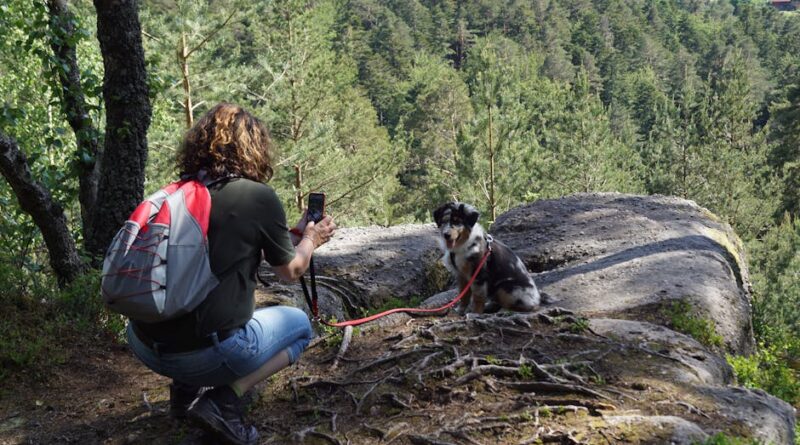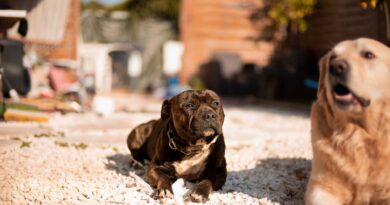Tips for Photographing Your Dog
Have you ever tried capturing the perfect picture of your furry friend, only to end up with a blurry mess or a shot of their tail as they run away? Photographing dogs can be a challenging yet rewarding experience, requiring patience, creativity, and a good understanding of your four-legged model. In this comprehensive guide, we will delve into the world of dog photography and provide you with valuable tips and tricks to help you capture stunning images of your beloved pet. Whether you are a novice photographer or a seasoned pro, these tips will surely enhance your dog photography skills and allow you to create timeless memories.
The Importance of Dog Photography
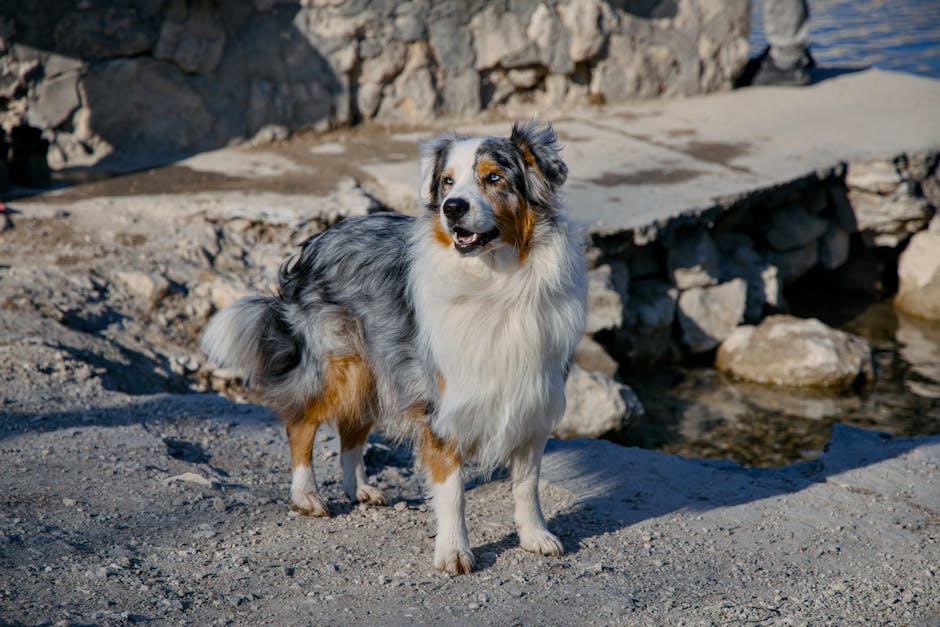
Dogs hold a special place in our hearts, providing us with unconditional love, companionship, and endless joy. As a dog owner, documenting the precious moments spent with your furry companion through photography becomes a way to preserve memories and create a visual legacy. Photographs capture the essence of your dog’s personality, quirks, and unique expressions, allowing you to cherish these moments for years to come.
Understanding Your Dog’s Behavior
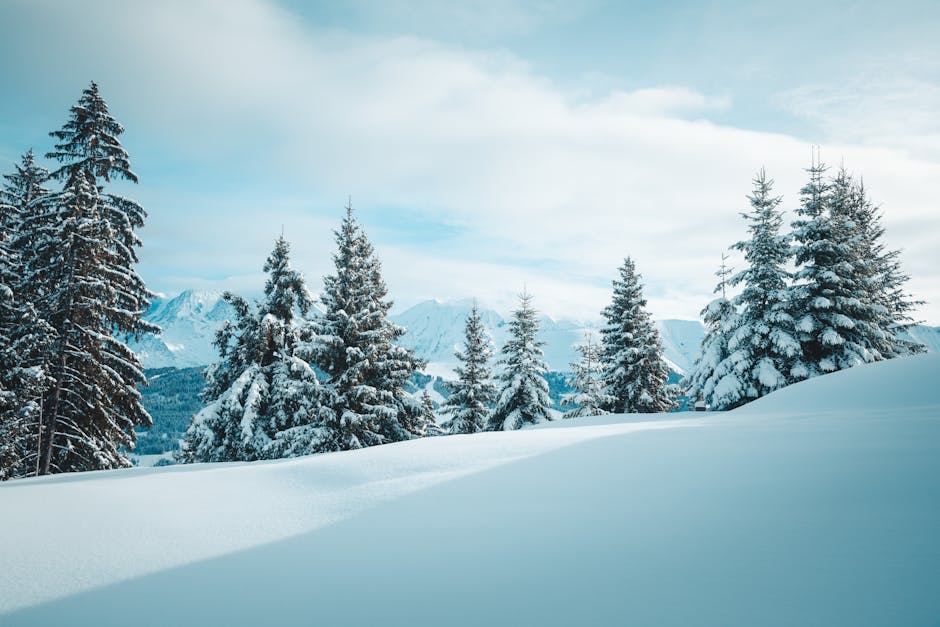
Before you begin photographing your dog, it is essential to understand their behavior and temperament. Dogs can be playful, energetic, shy, or curious, and each trait will influence how they respond to being photographed. Spend some time observing your dog’s habits and preferences to determine the best approach for capturing their true essence in photographs.
For instance, if your dog is active and loves to run around, consider taking action shots of them in motion. On the other hand, if your dog is more laid-back and enjoys lounging in the sun, a relaxed portrait may be the way to go. By tailoring your photography style to suit your dog’s personality, you can create images that truly reflect who they are.
Choosing the Right Location
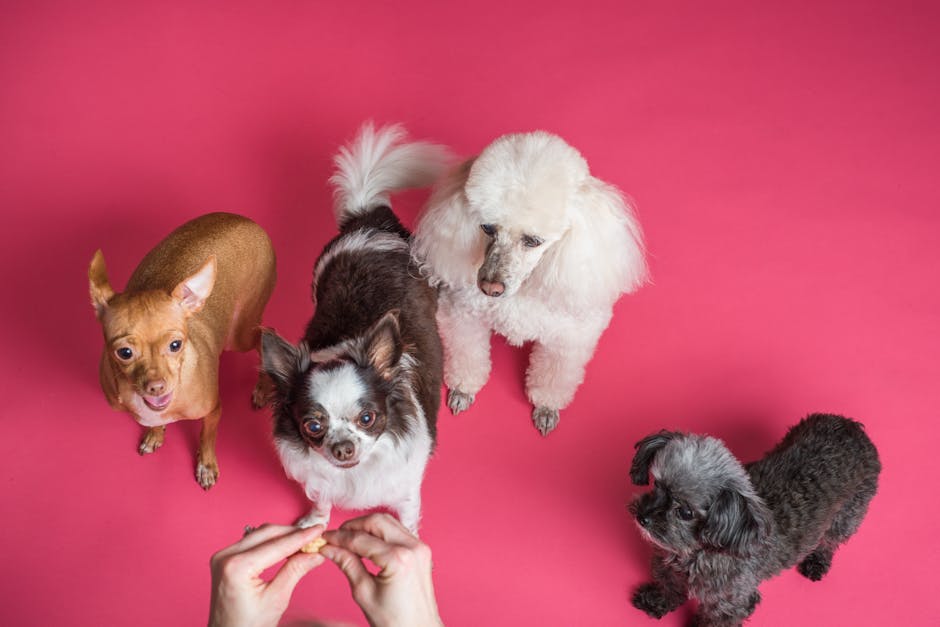
The location plays a crucial role in dog photography, setting the scene and creating the backdrop for your photos. When selecting a location, consider your dog’s comfort and safety first. Choose a familiar environment where your dog feels at ease, whether it’s your backyard, a nearby park, or even inside your home.
Outdoor locations with natural light are ideal for capturing vibrant and dynamic images of your dog. Look for areas with interesting textures, colors, and scenery that can add depth and dimension to your photographs. Remember to keep an eye out for distracting elements in the background that may take away from the focus on your dog.
Lighting Techniques for Dog Photography
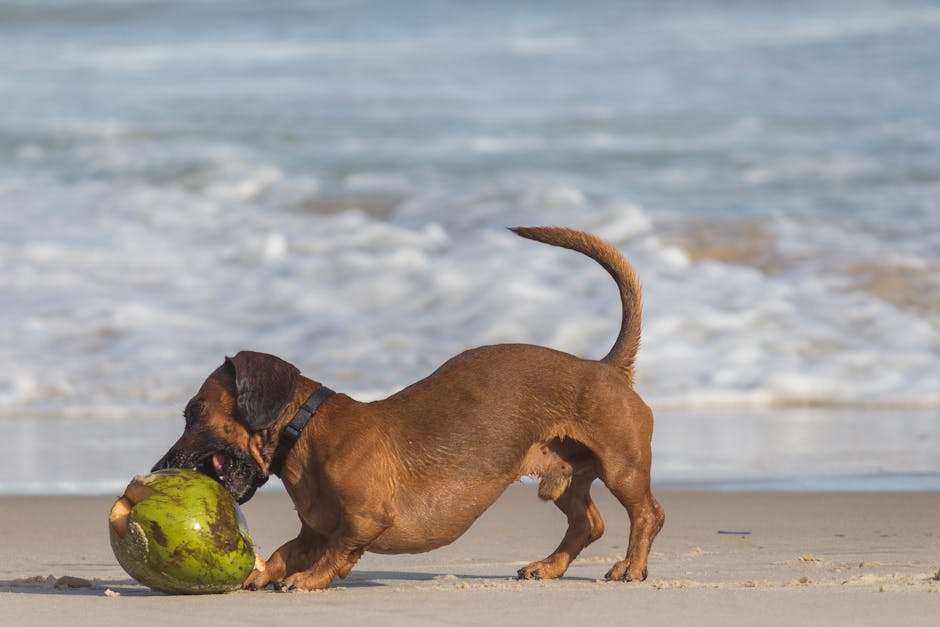
Lighting is a crucial element in photography, and it can make or break your dog photos. Natural light is often the best option for capturing the true colors and textures of your dog’s fur, as well as bringing out their unique features. When shooting outdoors, aim for early morning or late afternoon when the light is soft and golden, creating a warm and flattering glow.
If you are shooting indoors, position your dog near a large window or door to allow ample natural light to illuminate them. Avoid using harsh overhead lights or flash, as they can create unflattering shadows and wash out your dog’s appearance. Experiment with different angles and positions to find the best lighting setup that enhances your dog’s features.
Composition and Framing
Composition is key to creating visually appealing dog photographs that draw the viewer’s eye to your furry subject. When framing your shots, consider the rule of thirds, a fundamental principle in photography that divides the image into thirds both horizontally and vertically. Place your dog off-center in the frame to create a more dynamic and engaging composition.
Pay attention to your dog’s eye contact and facial expressions, as they can convey a range of emotions and add depth to your photos. Get down to your dog’s eye level to capture their perspective and create a more intimate connection in your images. Experiment with different angles, perspectives, and focal lengths to find the most flattering and captivating compositions.
Capturing Action Shots
Action shots are a fun and exciting way to showcase your dog’s energy and enthusiasm in photographs. Whether your dog is playing fetch, running in the park, or splashing in the water, capturing their movements can result in dynamic and lively images. To capture sharp action shots, use a fast shutter speed to freeze the motion and avoid blur.
Anticipate your dog’s movements and be ready to click the shutter at the right moment to capture the peak of the action. Consider using burst mode on your camera to take multiple shots in rapid succession, increasing your chances of getting the perfect action shot. Experiment with different angles and perspectives to add variety and interest to your action photographs.
Creating Portraits with Personality
Portraits are a timeless and classic way to showcase your dog’s personality and charm in photographs. Focus on capturing the details that make your dog unique, such as their expressive eyes, floppy ears, or wagging tail. Use a wide aperture to create a shallow depth of field, blurring the background and drawing attention to your dog’s features.
Engage your dog in playful activities or use treats and toys to capture their attention and create candid and natural expressions. Experiment with different poses, angles, and expressions to bring out the best in your furry model. Remember to be patient and allow your dog to relax and be themselves in front of the camera for authentic and emotive portraits.
Post-Processing and Editing
Post-processing and editing play a significant role in enhancing the quality and visual appeal of your dog photographs. Use editing software such as Adobe Photoshop or Lightroom to adjust exposure, contrast, color balance, and sharpness to refine your images. Remove any distractions or imperfections in the background to create a clean and polished look.
Experiment with different filters, presets, and effects to add a creative touch to your dog photos while staying true to their natural beauty. Avoid over-editing or altering your dog’s appearance drastically, as it can detract from the authenticity and charm of the images. Strive for a balance between enhancing the visual aesthetics and preserving the true essence of your dog in the final photographs.
Common Misconceptions about Dog Photography
One common misconception about dog photography is that you need expensive equipment to capture great shots of your furry friend. While professional cameras and lenses can certainly enhance the quality of your images, you can still achieve stunning results with a smartphone or a basic point-and-shoot camera. The key lies in understanding your dog’s behavior, choosing the right location, and mastering essential photography techniques.
Another misconception is that dogs are difficult to photograph due to their unpredictable nature and lack of cooperation. While dogs can be energetic and playful, they can also be trained to pose, stay still, and follow basic commands during a photo shoot. Patience, positive reinforcement, and understanding your dog’s cues are essential in creating a stress-free and enjoyable photography experience for both you and your furry model.
Conclusion
To wrap things up, photographing your dog can be a fun and rewarding experience that allows you to capture precious moments and create lasting memories. By understanding your dog’s behavior, choosing the right location, mastering lighting techniques, and experimenting with composition and framing, you can elevate your dog photography skills and create stunning images that showcase your furry companion in the best light.
Remember to be patient, creative, and observant when photographing your dog, and allow their unique personality to shine through in your images. Whether you are a hobbyist photographer or a professional, these tips and techniques will help you capture the true essence of your beloved pet and create beautiful photographs that you will cherish for years to come.

